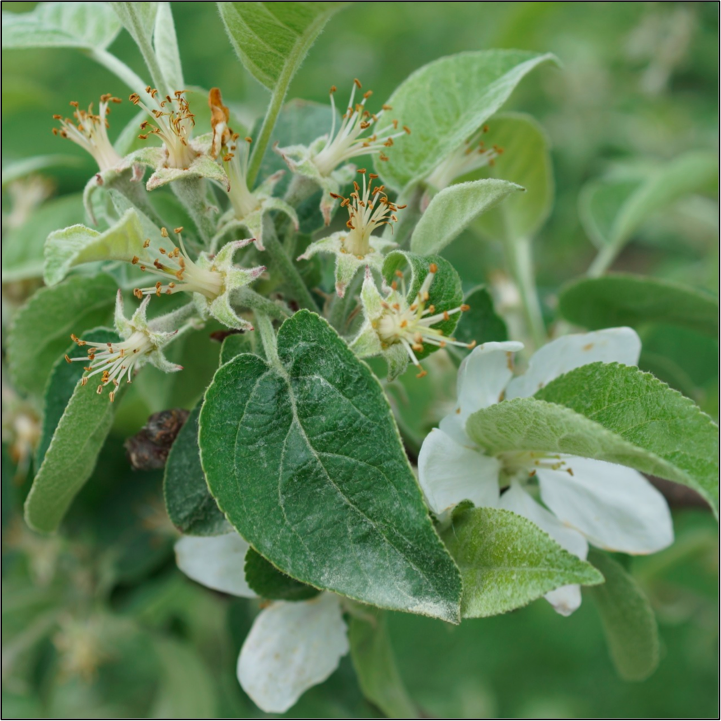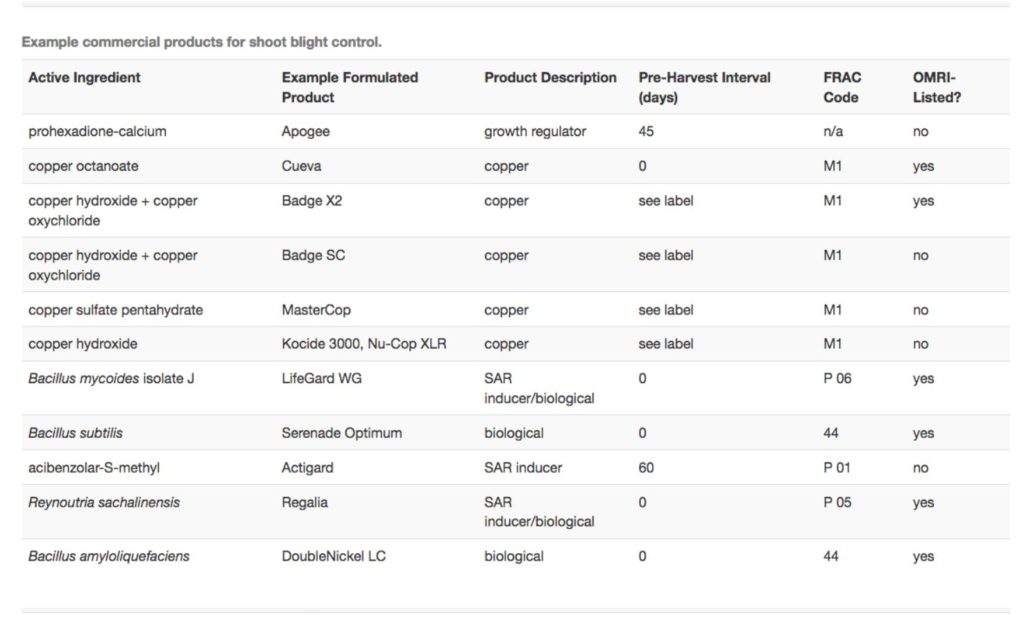2020 Apple Disease Update: Petal Fall
go.ncsu.edu/readext?676172
en Español / em Português
El inglés es el idioma de control de esta página. En la medida en que haya algún conflicto entre la traducción al inglés y la traducción, el inglés prevalece.
Al hacer clic en el enlace de traducción se activa un servicio de traducción gratuito para convertir la página al español. Al igual que con cualquier traducción por Internet, la conversión no es sensible al contexto y puede que no traduzca el texto en su significado original. NC State Extension no garantiza la exactitud del texto traducido. Por favor, tenga en cuenta que algunas aplicaciones y/o servicios pueden no funcionar como se espera cuando se traducen.
Português
Inglês é o idioma de controle desta página. Na medida que haja algum conflito entre o texto original em Inglês e a tradução, o Inglês prevalece.
Ao clicar no link de tradução, um serviço gratuito de tradução será ativado para converter a página para o Português. Como em qualquer tradução pela internet, a conversão não é sensivel ao contexto e pode não ocorrer a tradução para o significado orginal. O serviço de Extensão da Carolina do Norte (NC State Extension) não garante a exatidão do texto traduzido. Por favor, observe que algumas funções ou serviços podem não funcionar como esperado após a tradução.
English
English is the controlling language of this page. To the extent there is any conflict between the English text and the translation, English controls.
Clicking on the translation link activates a free translation service to convert the page to Spanish. As with any Internet translation, the conversion is not context-sensitive and may not translate the text to its original meaning. NC State Extension does not guarantee the accuracy of the translated text. Please note that some applications and/or services may not function as expected when translated.
Collapse ▲ Congratulations and celebrate because primary apple scab season ended on April 12th in Western NC! However, please do not get lazy on managing this disease. The lesson of letting up on scab sprays too early was taught to myself and growers in NY back when I was working as a research technician in Kerik Cox’s program at Cornell. Like this year in NC, the primary scab season wasn’t too eventful-in NC we have had only had 7 predicted primary infection events so far in 2020. Because of this, spray intervals were extended more than normal. However, around petal fall that season in NY, rains started to come on heavy (similar to what we experienced this past weekend), releasing several spores (ascospores) with little fungicide residues remaining on the foliage. Combined with a lack of hot temperatures that summer in upstate NY, we saw several late infection events. It’s hard to believe, but even just a few missed early scab lesions can quickly lead to problems. If you hadn’t applied a single-site scab fungicide (e.g. Inspire Super, Aprovia, Flint) or you only applied a multi-site protectant chemistry (e.g. mancozeb) prior to the storms this weekend the final release of primary spores may cause you a headache down the road. Fortunately, if you continue to intensively manage scab and then follow up with normal GLS/bitter rot programs for the rest of the summer, you should be able to rest a bit easier.
Congratulations and celebrate because primary apple scab season ended on April 12th in Western NC! However, please do not get lazy on managing this disease. The lesson of letting up on scab sprays too early was taught to myself and growers in NY back when I was working as a research technician in Kerik Cox’s program at Cornell. Like this year in NC, the primary scab season wasn’t too eventful-in NC we have had only had 7 predicted primary infection events so far in 2020. Because of this, spray intervals were extended more than normal. However, around petal fall that season in NY, rains started to come on heavy (similar to what we experienced this past weekend), releasing several spores (ascospores) with little fungicide residues remaining on the foliage. Combined with a lack of hot temperatures that summer in upstate NY, we saw several late infection events. It’s hard to believe, but even just a few missed early scab lesions can quickly lead to problems. If you hadn’t applied a single-site scab fungicide (e.g. Inspire Super, Aprovia, Flint) or you only applied a multi-site protectant chemistry (e.g. mancozeb) prior to the storms this weekend the final release of primary spores may cause you a headache down the road. Fortunately, if you continue to intensively manage scab and then follow up with normal GLS/bitter rot programs for the rest of the summer, you should be able to rest a bit easier.
 Since the weather has been relatively cool, I’m reluctant to suggest adding any GLS/bitter rot fungicides (i.e. the strobilurins) to the mix just yet. DMI fungicides (FRAC 3) such as Inspire Super, Cevya, or Indar 2F should provide good to excellent control against apple scab, will provide excellent control against cedar apple rust, and are decent against powdery mildew-all three of which your apple trees are highly susceptible to at this time of year. Another option would be application of an SDHI fungicide (FRAC 7) such as Aprovia or Miravis. Both of these fungicides perform similarly to the aforementioned DMIs for powdery mildew management, but do not provide the bang that the DMIs do for rusts. Unlike the DMIs, we’ve not yet seen resistance to Aprovia or Miravis in the apple scab fungus. However, I’d still recommend adding a half rate of mancozeb (i.e. 3 lb/A) to your tank mix.
Since the weather has been relatively cool, I’m reluctant to suggest adding any GLS/bitter rot fungicides (i.e. the strobilurins) to the mix just yet. DMI fungicides (FRAC 3) such as Inspire Super, Cevya, or Indar 2F should provide good to excellent control against apple scab, will provide excellent control against cedar apple rust, and are decent against powdery mildew-all three of which your apple trees are highly susceptible to at this time of year. Another option would be application of an SDHI fungicide (FRAC 7) such as Aprovia or Miravis. Both of these fungicides perform similarly to the aforementioned DMIs for powdery mildew management, but do not provide the bang that the DMIs do for rusts. Unlike the DMIs, we’ve not yet seen resistance to Aprovia or Miravis in the apple scab fungus. However, I’d still recommend adding a half rate of mancozeb (i.e. 3 lb/A) to your tank mix.

Next week we’ll cover GLS and bitter rot in depth! Happy Growing!!



